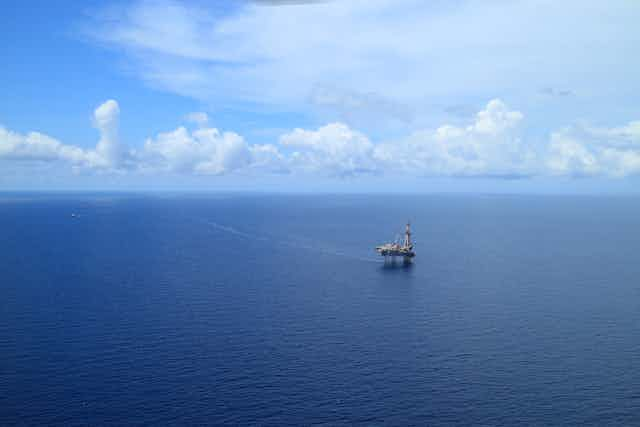Whatever the outcome of the climate talks in Paris, one thing is certain: climate change will result in assets becoming “stranded”. And, despite the claims of various naysayers, investors should be prepared.
Assets become stranded all the time and this is often the result of the relentless process of “creative destruction” in dynamic economic systems. New technologies replace old ones, new companies outcompete incumbents, and this constant process changes societies. Think horses and carriages being replaced by trains and automobiles, landlines being superseded by mobile phones, or the problems faced by companies such as Kodak and Nokia.
Physical climate change is already affecting asset values in a wide range of sectors and this is one reason why inflation-adjusted weather-related losses in the insurance sector have been increasing. They have grown from an average of around US$10 billion per annum in the 1980s to around US$50 billion per annum over the past decade. And societal responses to climate change, which include policies to tackle carbon pollution, the development of low carbon technologies, and changes in what society deems to be acceptable, are also impacting asset values.
Renewables are reshaping power markets, electric vehicles and hybrids are beginning to disrupt the car sector, and the fossil fuel divestment campaign is managing to stigmatise fossil fuel companies, making it harder for them to recruit and retain good people. There is also now the threat that some company directors could actually be sued for causing climate change or be held liable for not responding adequately to climate risk.

These risks are only likely to grow in significance. Yet some are still not convinced. Two lines of objection have been overwhelmingly popular.
The first is to raise doubts about the idea that there is “unburnable carbon” or a “carbon bubble”. The second line of objection is that investors and companies already price these risks effectively. These objections are potentially very costly, as they encourage inaction and unpreparedness among investors, companies, and governments.
The carbon bubble
We shouldn’t rely on the assumption that the world will stick to a 2°C carbon budget, objectors point out, so we shouldn’t be so sure that fossil fuel reserves that would take us beyond that limit will become stranded assets.
These objectors may be right to be sceptical about the 2°C constraint, but when it comes to stranded assets, they entirely miss the point. They are attacking a straw man.
This straw man is a wilful conflation of “stranded assets” with “unburnable carbon”. The latter being one potential driver of asset stranding, but obviously not the only one. The straw man argument is great for those who want to discredit concerns about stranded assets (for example, some fossil fuel companies), as it is easier for them to secure traction attacking an effective 2°C policy commitment as unlikely, than say falling costs of renewables, electricity storage, air pollution regulations, or water stress. The reason for this is that the former has yet to happen, but the latter factors are already transforming markets and stranding assets. It is easier to attack an unprecedented scenario than facts on the ground.
Even the claim that a 2°C pathway is impossible is not true. Though probably quite unlikely, a 2°C pathway is not something you can discount entirely. If it did come to pass, it would have significant implications for investors, companies, and governments. Given that 2°C is a stated international objective, it makes sense as a useful analytical starting point.
But 2.5, 3, 4, 5, or 6°C pathways will also have significant and systemic implications. And of course not achieving 2°C will itself also have significant impacts on asset values across the global economy. Whichever way you look at it, action or inaction on climate change will strand assets. You can think that a 2°C policy induced carbon constraint is unlikely and many people do, but this does not mean stranded asset issues vanish.

Forward planning
The second line of objection is that investors and companies have levels of foresight and analysis that mean they are already pricing in these risks and so we need not worry. But the idea that investors and companies know about these risks and have a better understanding of them than anyone else is also wrong.
Even at the best of times, relatively simple risks can be mispriced and known risks can be left ignored. This is often because of biases, misaligned incentives, and endemic short termism.
These problems are exacerbated when the risks in question are novel, and where the data, analytical tools, and methodologies are missing. Add to the mix a lack of viable options to hedge risk, and there is plenty of scope for markets to be getting risk management wrong.
This is exactly what is happening with respect to environment-related risks – they are new, understanding them is complex, the data is sparse, and the risks are non-linear. Avoiding them is difficult even if you observe them, as investors are incentivised to track benchmarks and less exposed investments are relatively illiquid and immature.
We should therefore beware the stranded asset straw man. Asset stranding does not solely hinge on a 2°C carbon budget and it never did; nor are markets getting risk management right.

